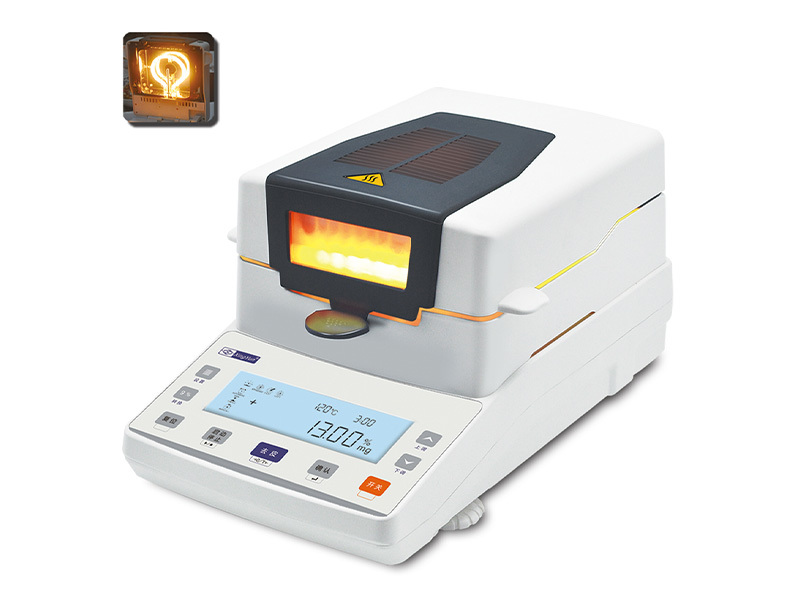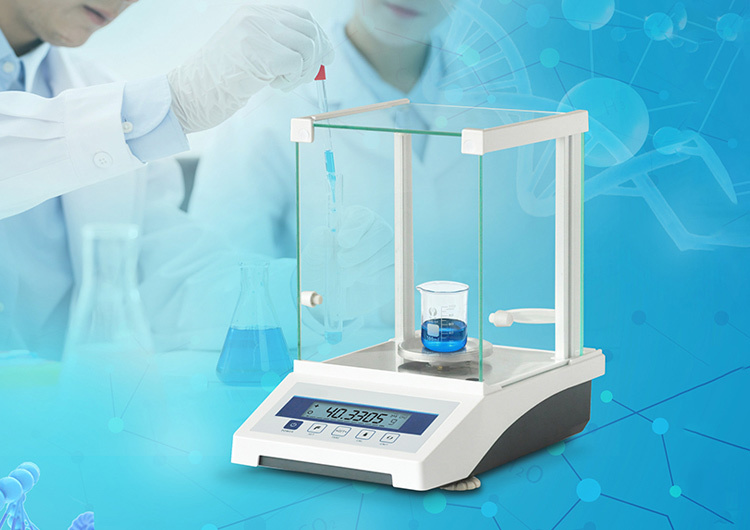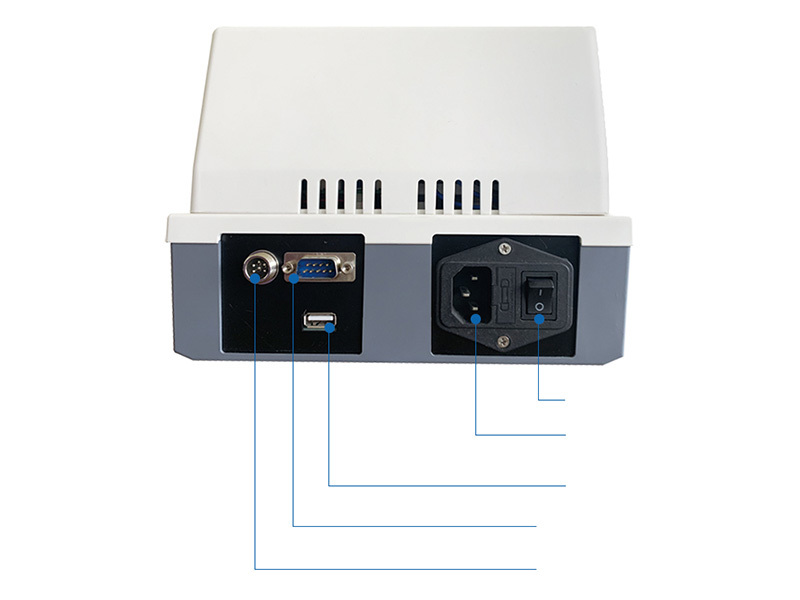News
Understanding Analytical Balances: Precision Measurement to 0.0001 g
2025-04-01
Analytical balances are essential instruments in laboratories, particularly in the chemical industry, where precision is paramount. These balances are designed to measure mass with high accuracy, often to four decimal places (0.0001 g), making them ideal for applications that require exact measurements. Understanding how these instruments work and their key features can significantly contribute to the efficiency of laboratory processes.
One of the primary features of an analytical balance is its sensitivity. With the capability to measure weights as small as 0.0001 g, these balances are indispensable for tasks such as preparing chemical solutions, performing quantitative analyses, and conducting experiments that require meticulous weight measurements. The high precision of analytical balances allows researchers to minimize errors, which is crucial when dealing with reactive or expensive chemical substances.
The working principle of an analytical balance typically involves a magnetic force restoration mechanism. Instead of traditional weighing methods, these balances use electromagnetic forces to measure the weight of an object. When a sample is placed on the balance pan, the internal system calculates the force needed to counterbalance the weight. This mechanism provides high accuracy and repeatability, ensuring reliable results.
Another important aspect of analytical balances is their design. Most modern analytical balances come equipped with draft shields to minimize the impact of air currents, which can affect measurement accuracy. Additionally, many models feature built-in calibration systems that help maintain precision over time. Regular calibration is vital for ensuring the balance continues to perform accurately, especially in environments where temperature and humidity can fluctuate.
In terms of applications, analytical balances find extensive use in various fields beyond chemistry, including pharmaceuticals, materials science, and food technology. In pharmaceuticals, for example, exact measurements are critical for formulating medications and ensuring compliance with regulatory standards. Similarly, in food technology, accurate measurements of ingredients can significantly impact product quality and consistency.
Moreover, data management features are becoming increasingly important in modern analytical balances. Many models now offer connectivity options that allow users to easily transfer data to computers or laboratory information management systems (LIMS). This capability enhances workflow efficiency, enabling laboratories to maintain detailed records of measurements and facilitating compliance with industry regulations.
In conclusion, analytical balances that measure to 0.0001 g are crucial tools in the laboratory environment, enabling precise and accurate measurements. Their sensitive design, advanced features, and broad applications highlight their importance in scientific research and industrial processes. By understanding the functionality and relevance of analytical balances, laboratory professionals can significantly enhance their operational efficiency and ensure the integrity of their work.
One of the primary features of an analytical balance is its sensitivity. With the capability to measure weights as small as 0.0001 g, these balances are indispensable for tasks such as preparing chemical solutions, performing quantitative analyses, and conducting experiments that require meticulous weight measurements. The high precision of analytical balances allows researchers to minimize errors, which is crucial when dealing with reactive or expensive chemical substances.
The working principle of an analytical balance typically involves a magnetic force restoration mechanism. Instead of traditional weighing methods, these balances use electromagnetic forces to measure the weight of an object. When a sample is placed on the balance pan, the internal system calculates the force needed to counterbalance the weight. This mechanism provides high accuracy and repeatability, ensuring reliable results.
Another important aspect of analytical balances is their design. Most modern analytical balances come equipped with draft shields to minimize the impact of air currents, which can affect measurement accuracy. Additionally, many models feature built-in calibration systems that help maintain precision over time. Regular calibration is vital for ensuring the balance continues to perform accurately, especially in environments where temperature and humidity can fluctuate.
In terms of applications, analytical balances find extensive use in various fields beyond chemistry, including pharmaceuticals, materials science, and food technology. In pharmaceuticals, for example, exact measurements are critical for formulating medications and ensuring compliance with regulatory standards. Similarly, in food technology, accurate measurements of ingredients can significantly impact product quality and consistency.
Moreover, data management features are becoming increasingly important in modern analytical balances. Many models now offer connectivity options that allow users to easily transfer data to computers or laboratory information management systems (LIMS). This capability enhances workflow efficiency, enabling laboratories to maintain detailed records of measurements and facilitating compliance with industry regulations.
In conclusion, analytical balances that measure to 0.0001 g are crucial tools in the laboratory environment, enabling precise and accurate measurements. Their sensitive design, advanced features, and broad applications highlight their importance in scientific research and industrial processes. By understanding the functionality and relevance of analytical balances, laboratory professionals can significantly enhance their operational efficiency and ensure the integrity of their work.
Related News













